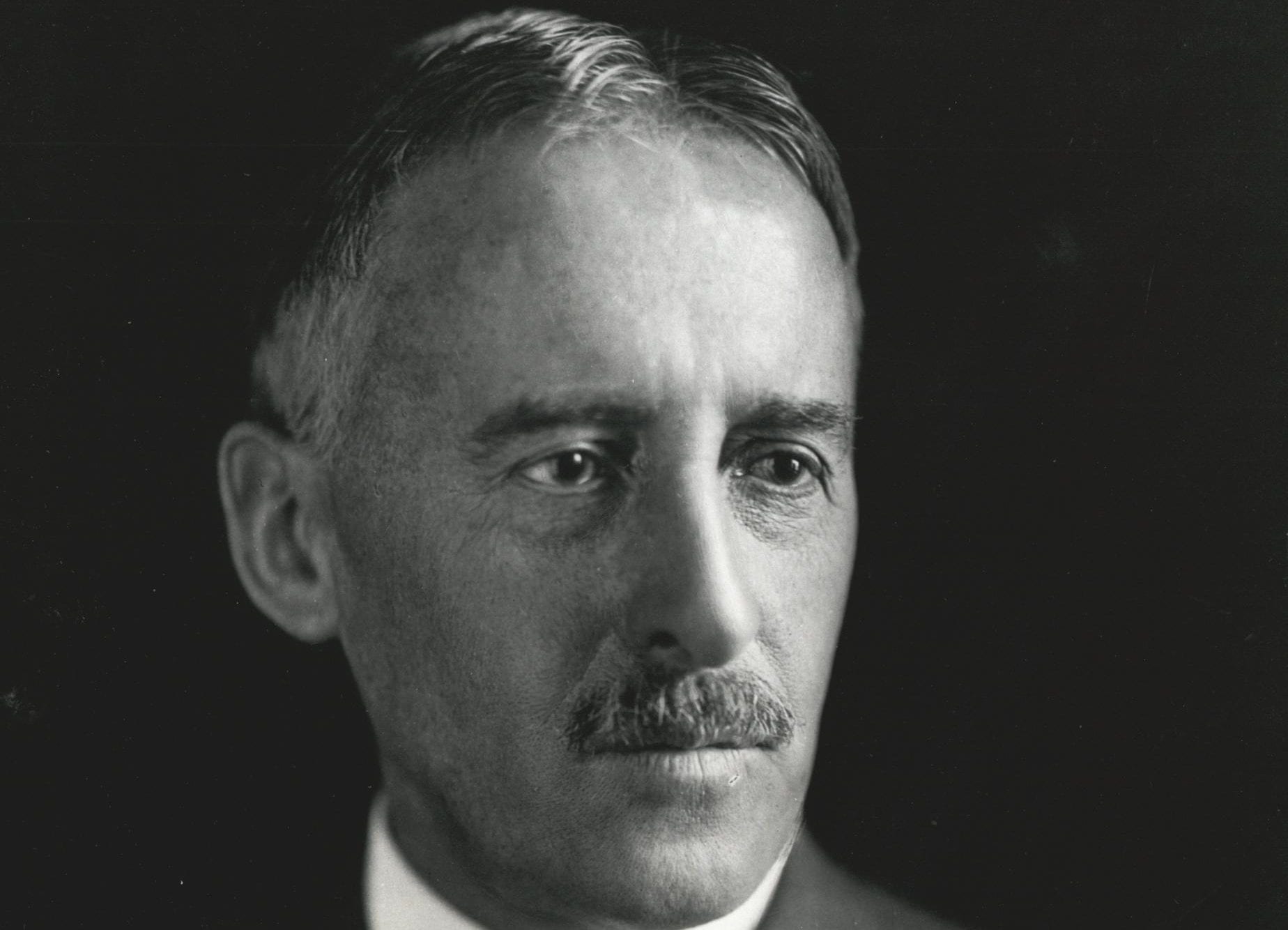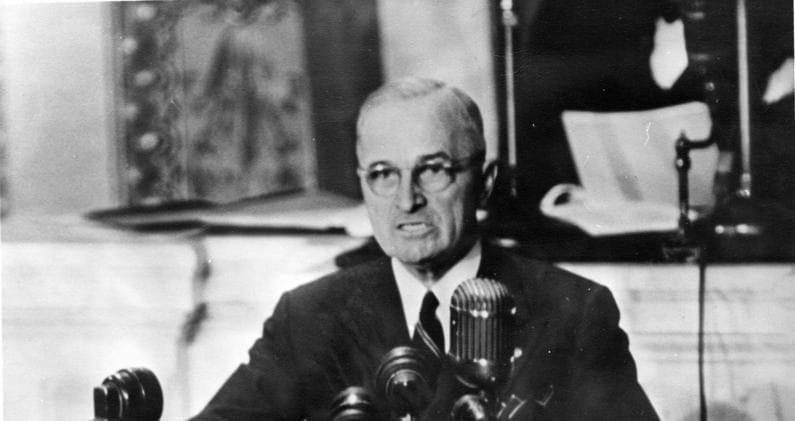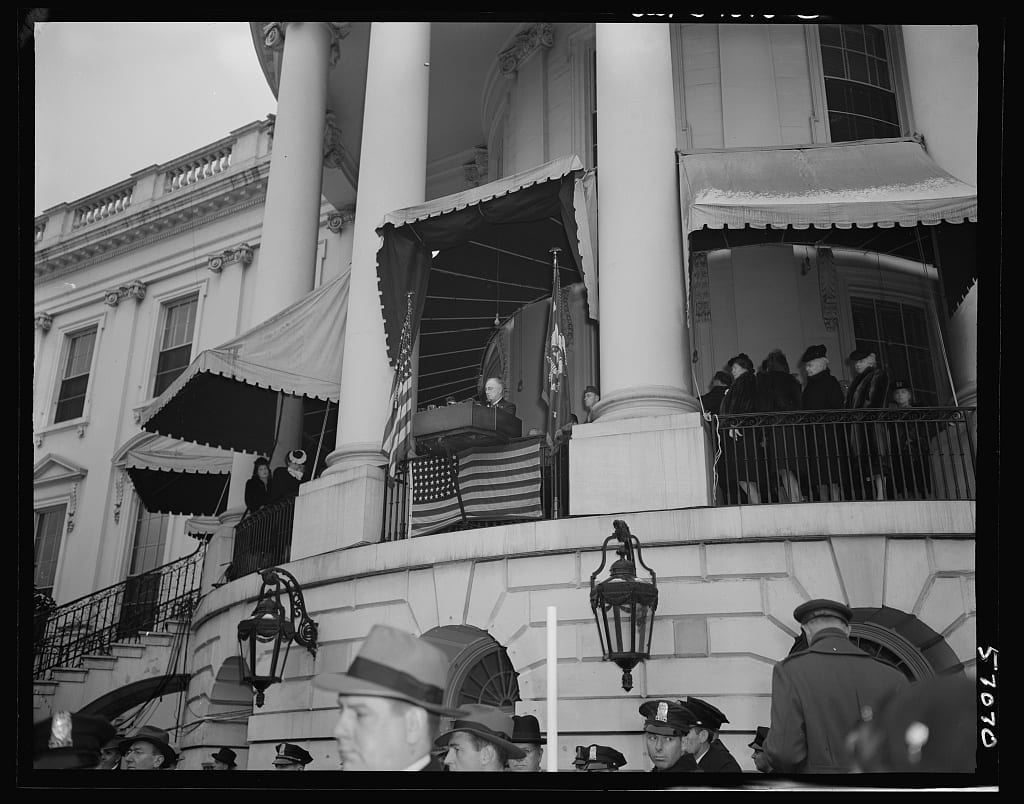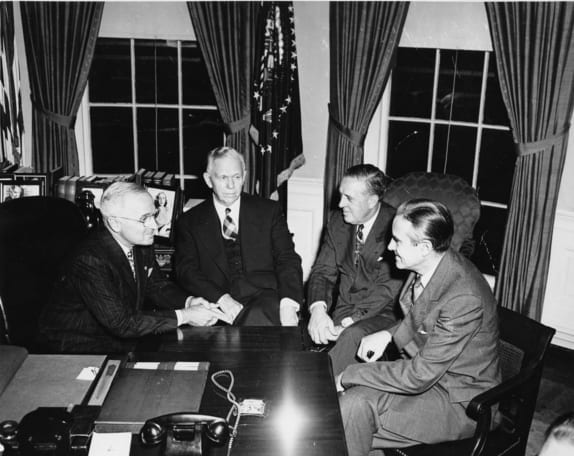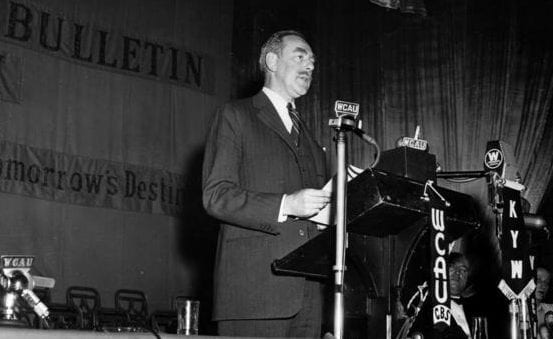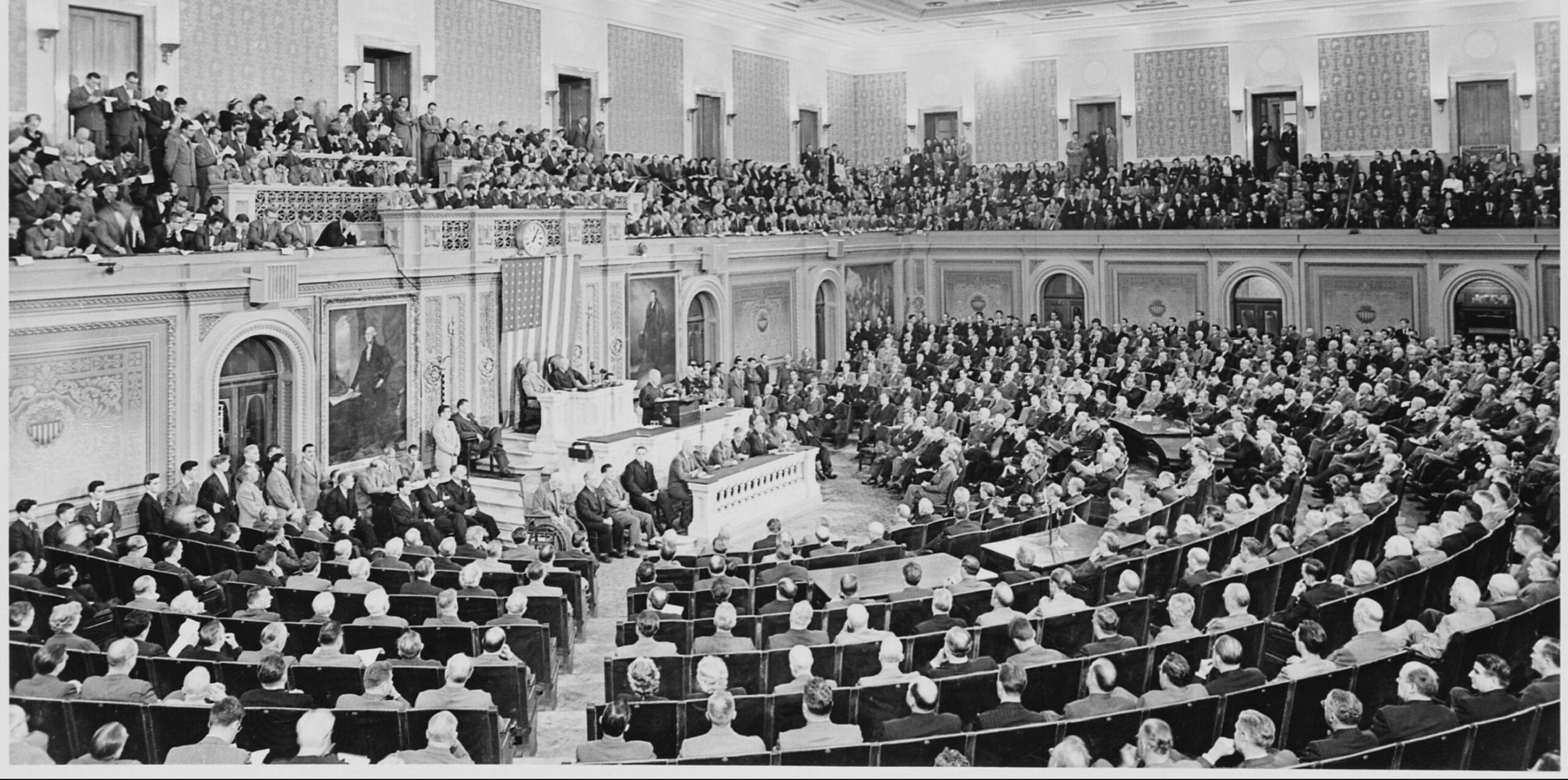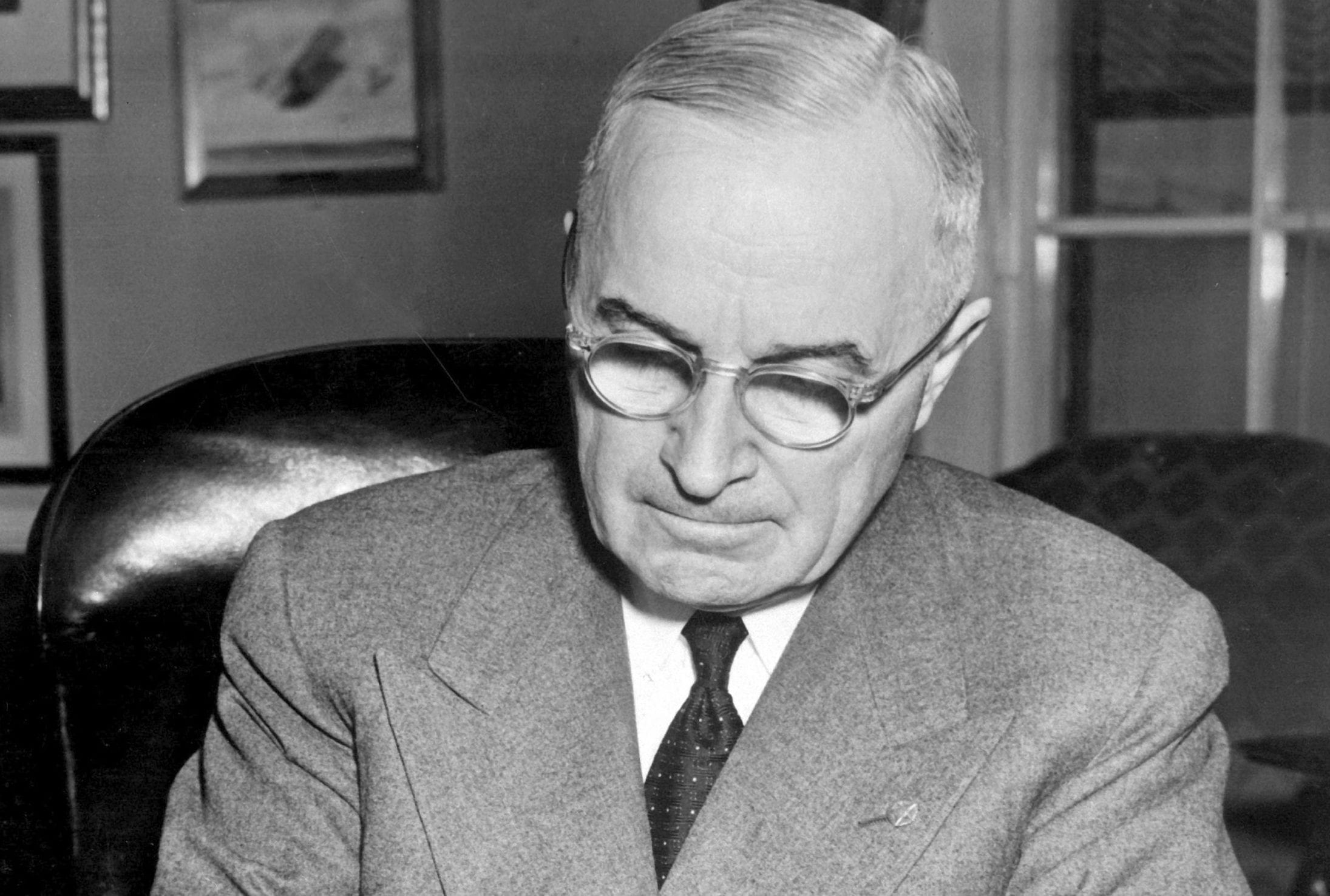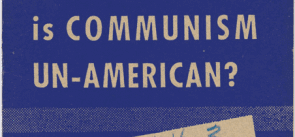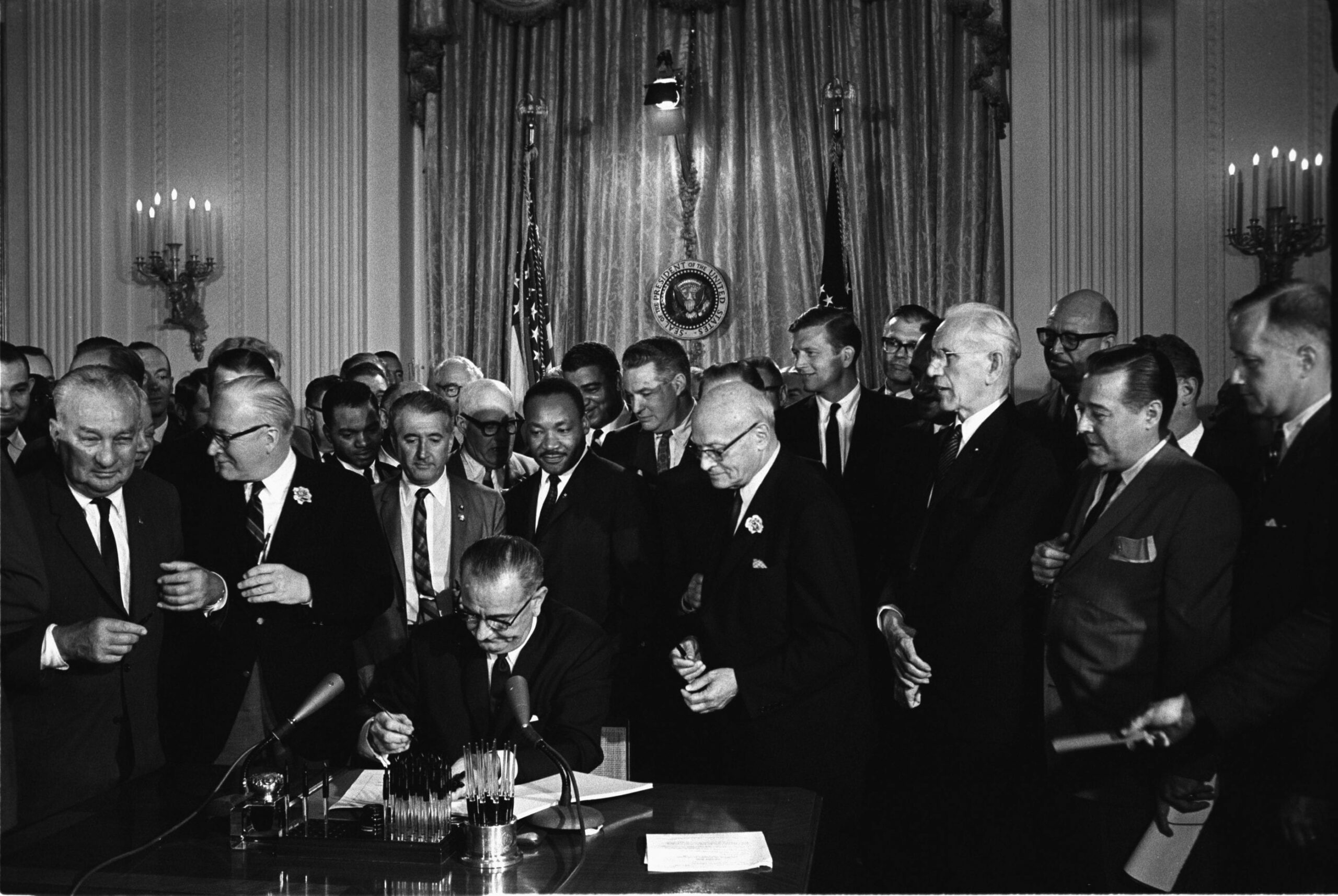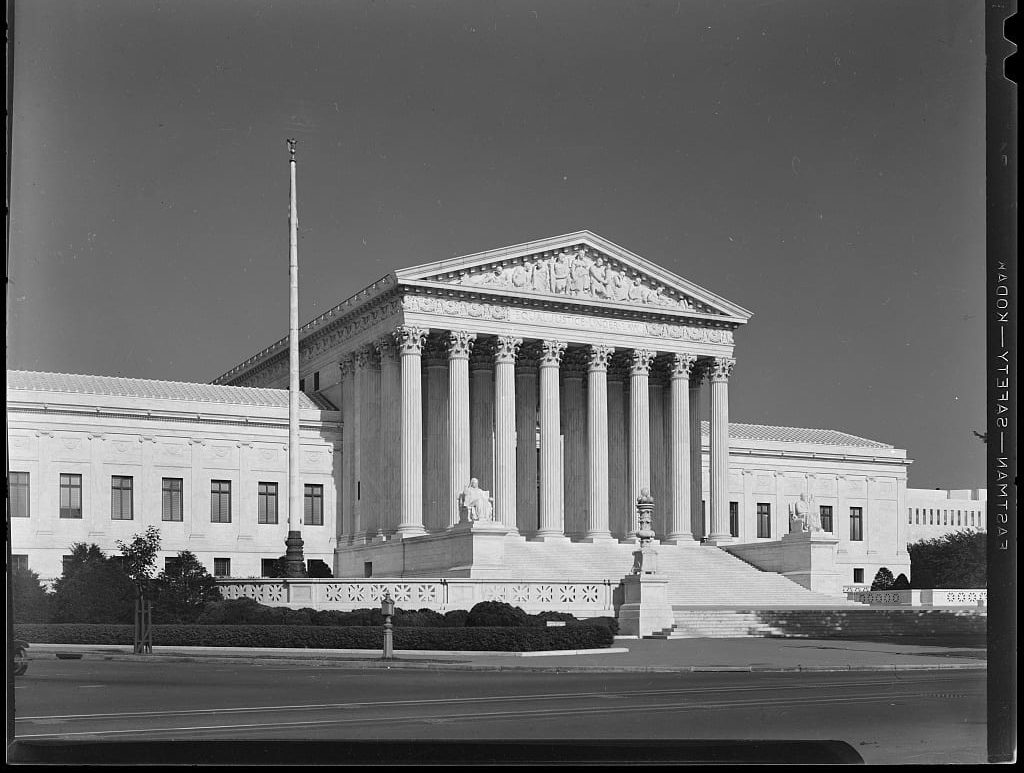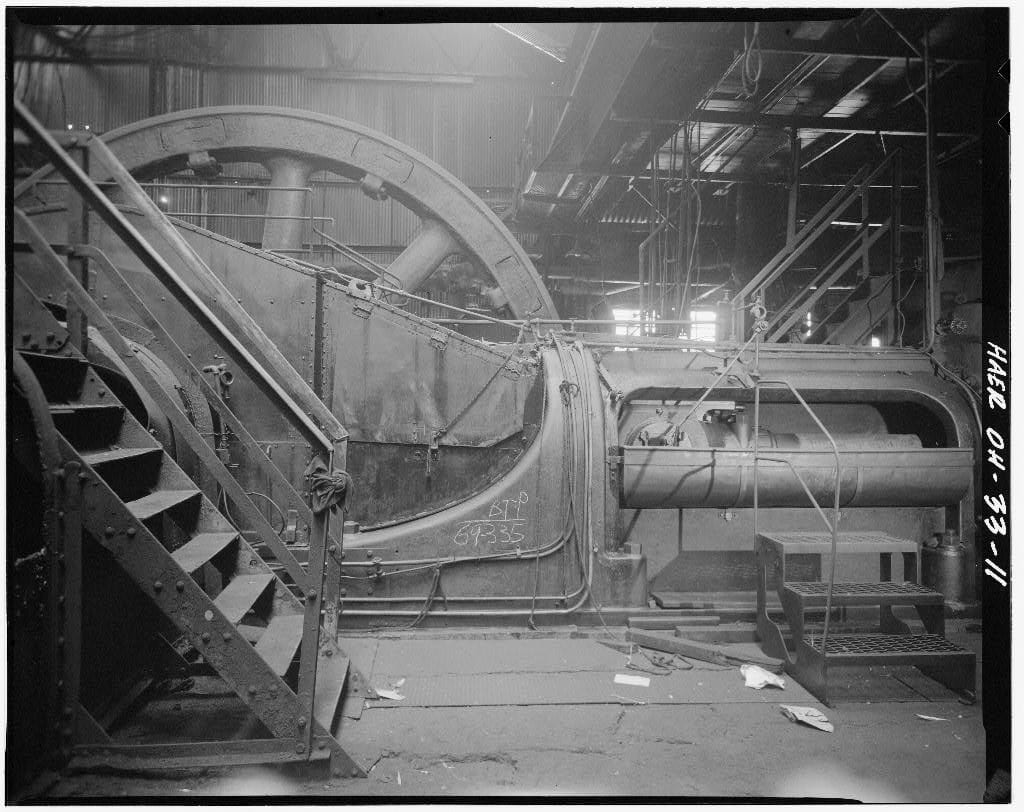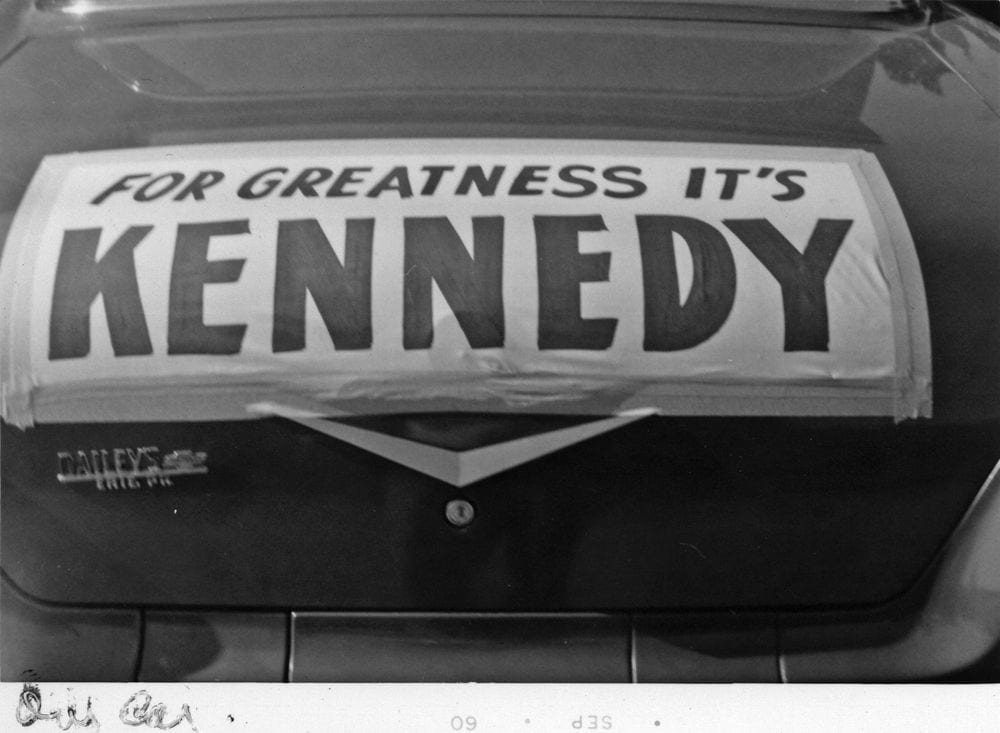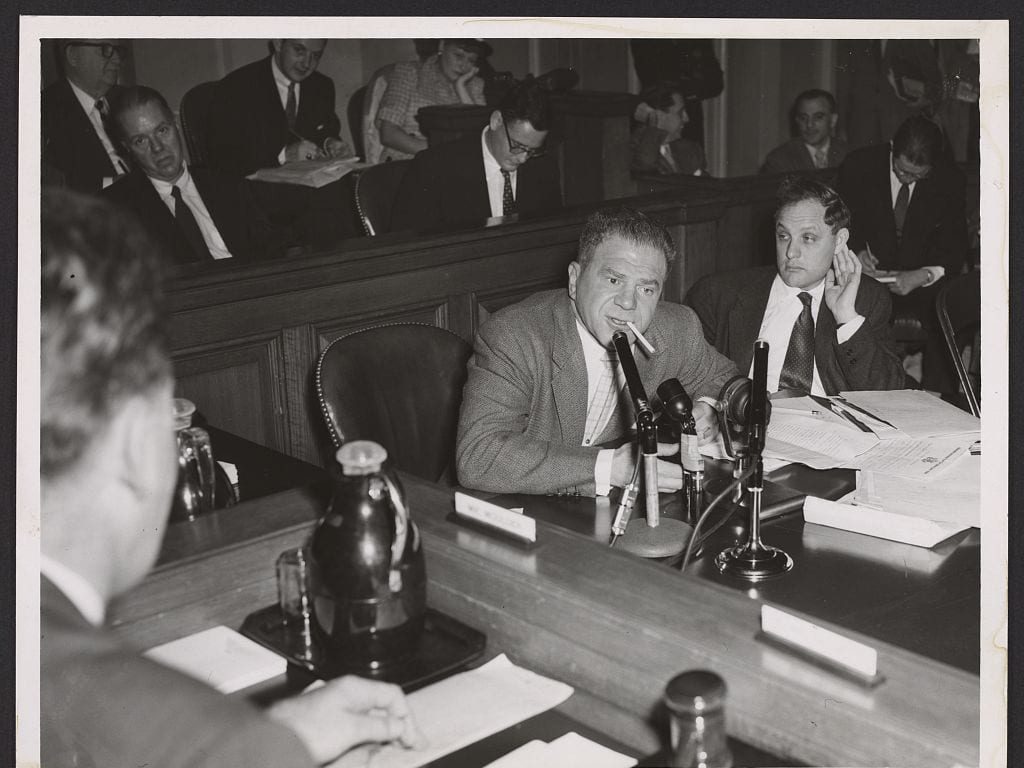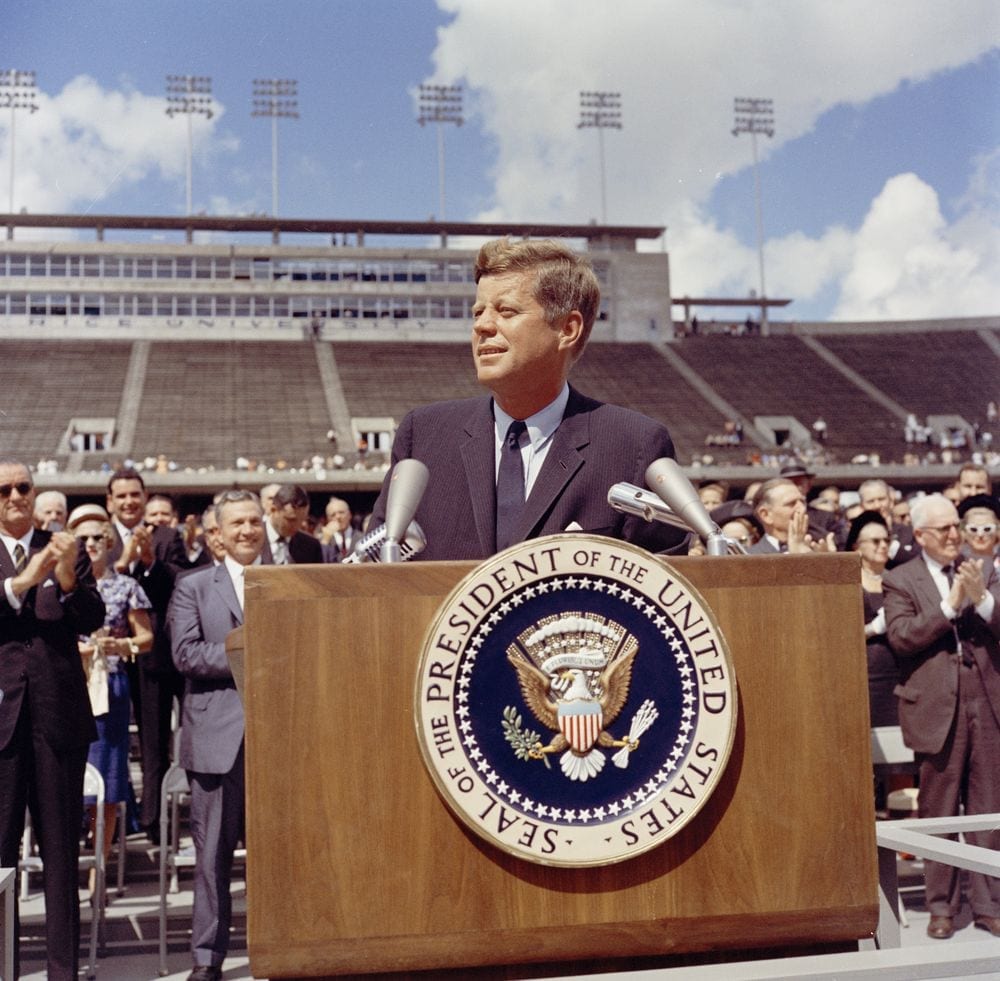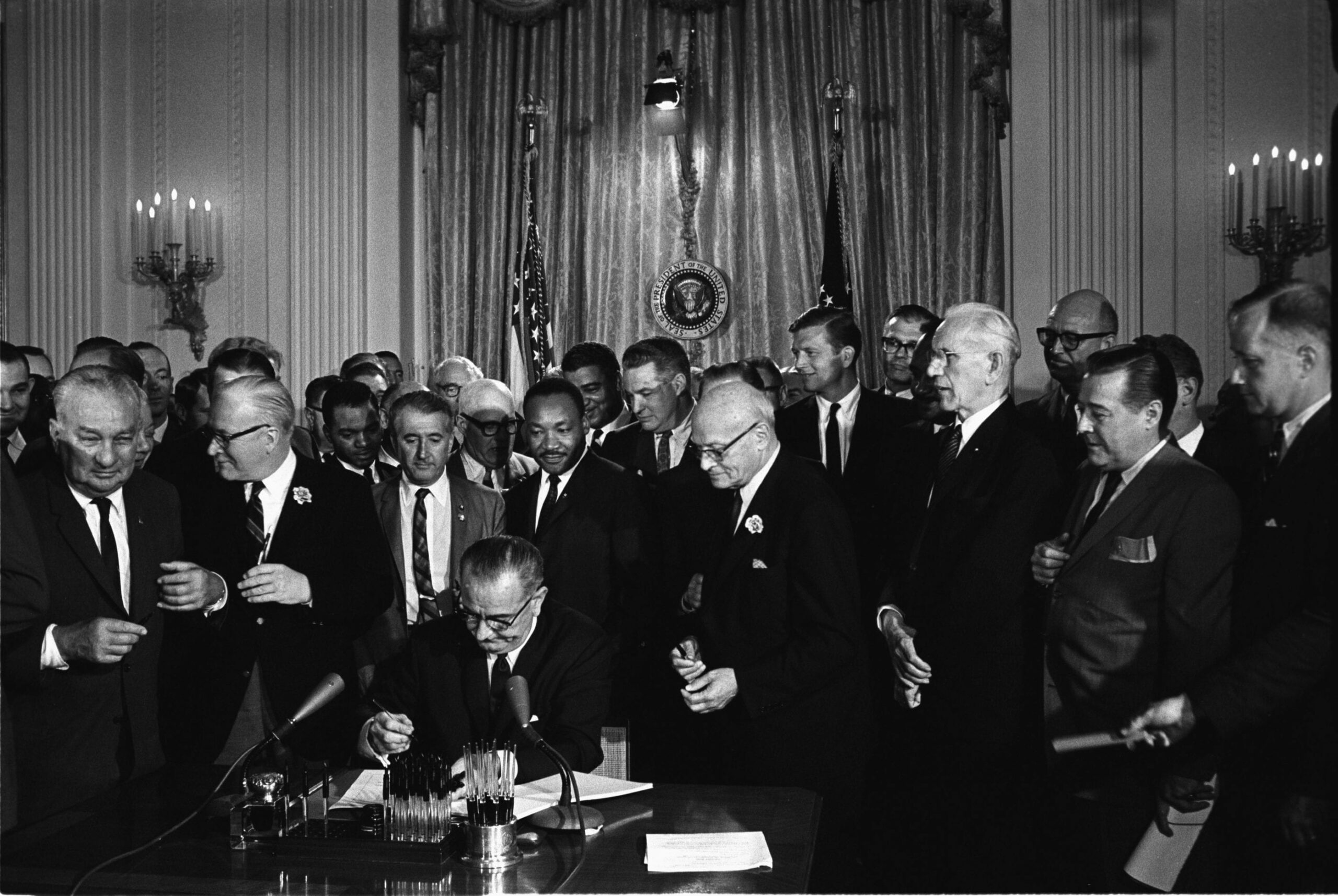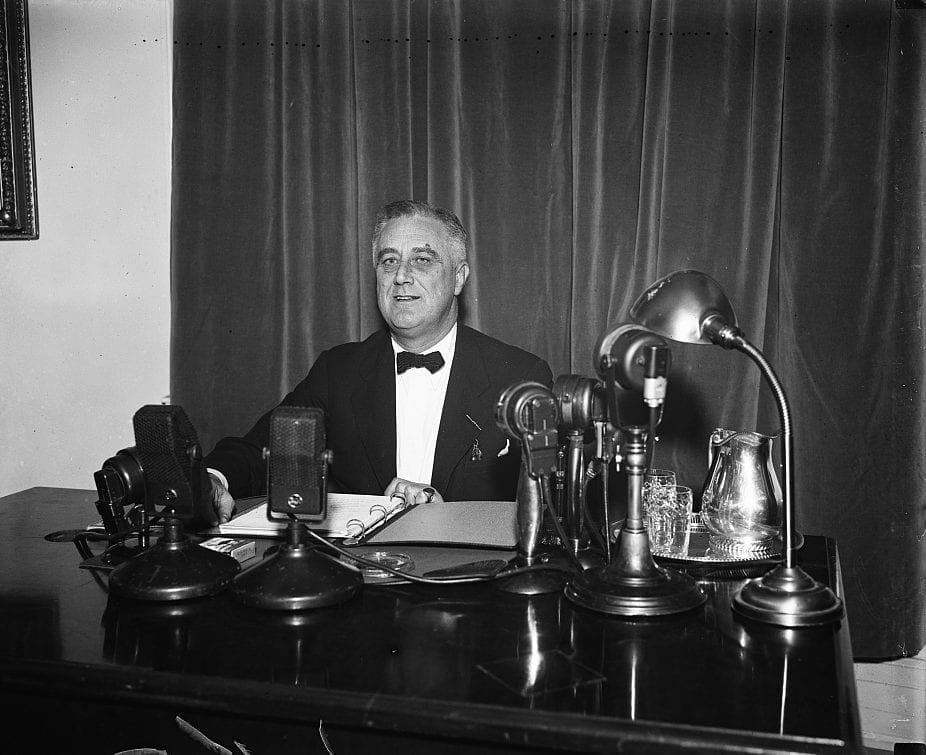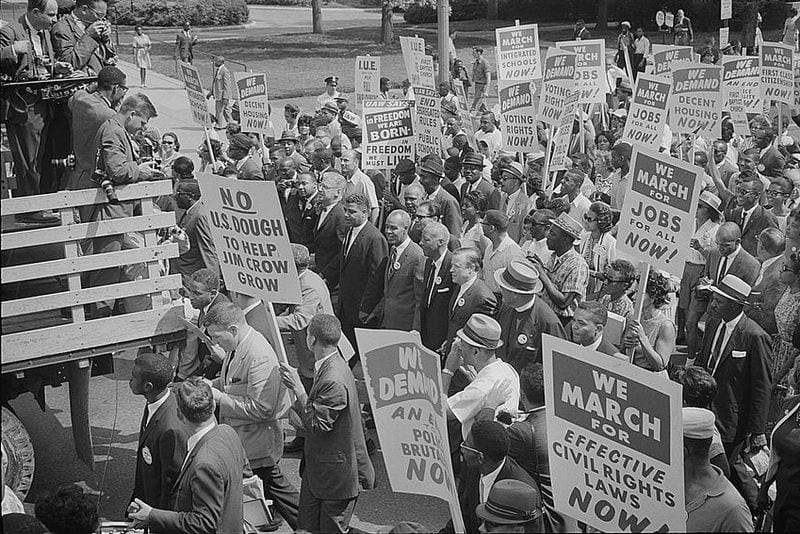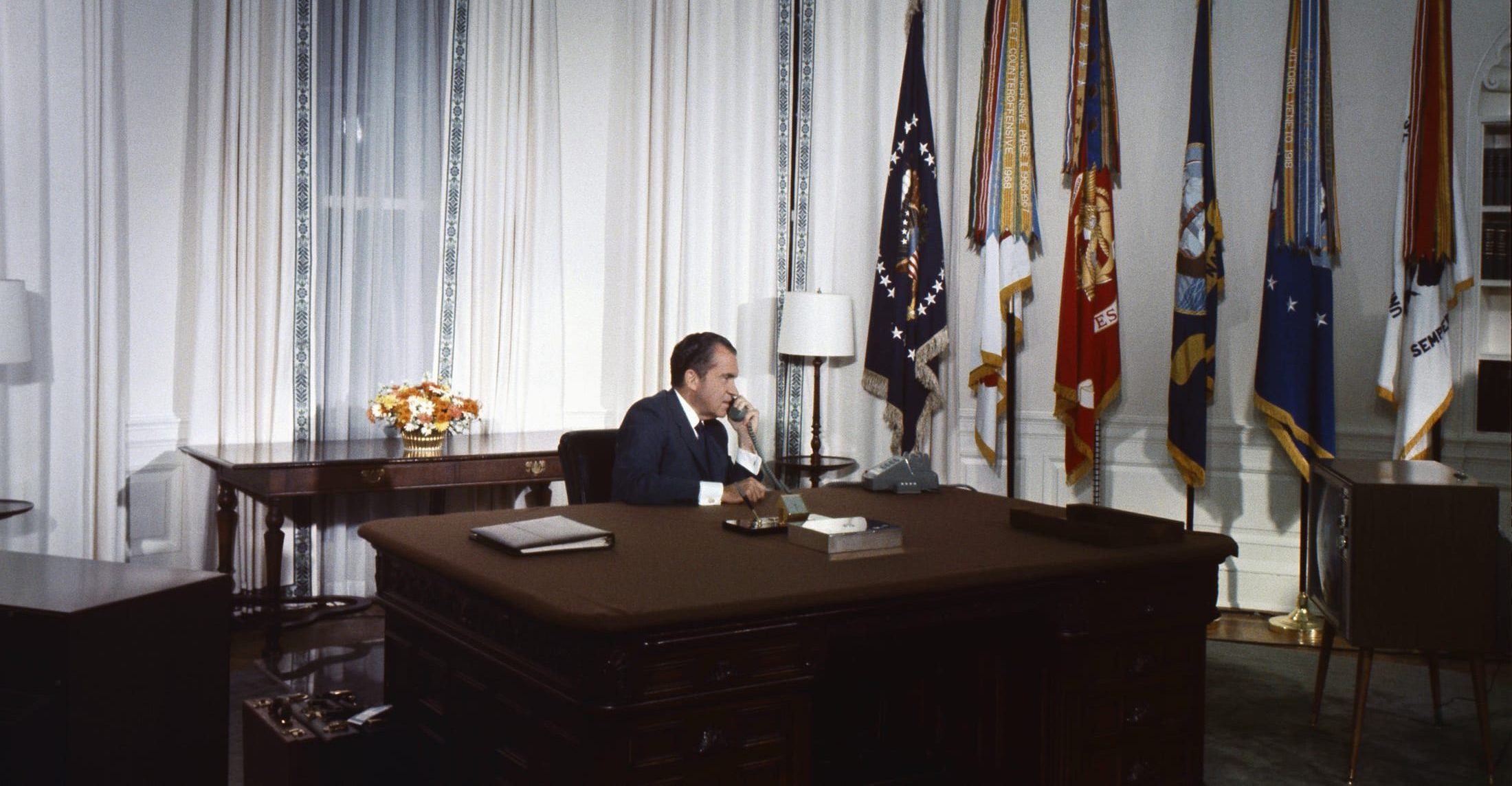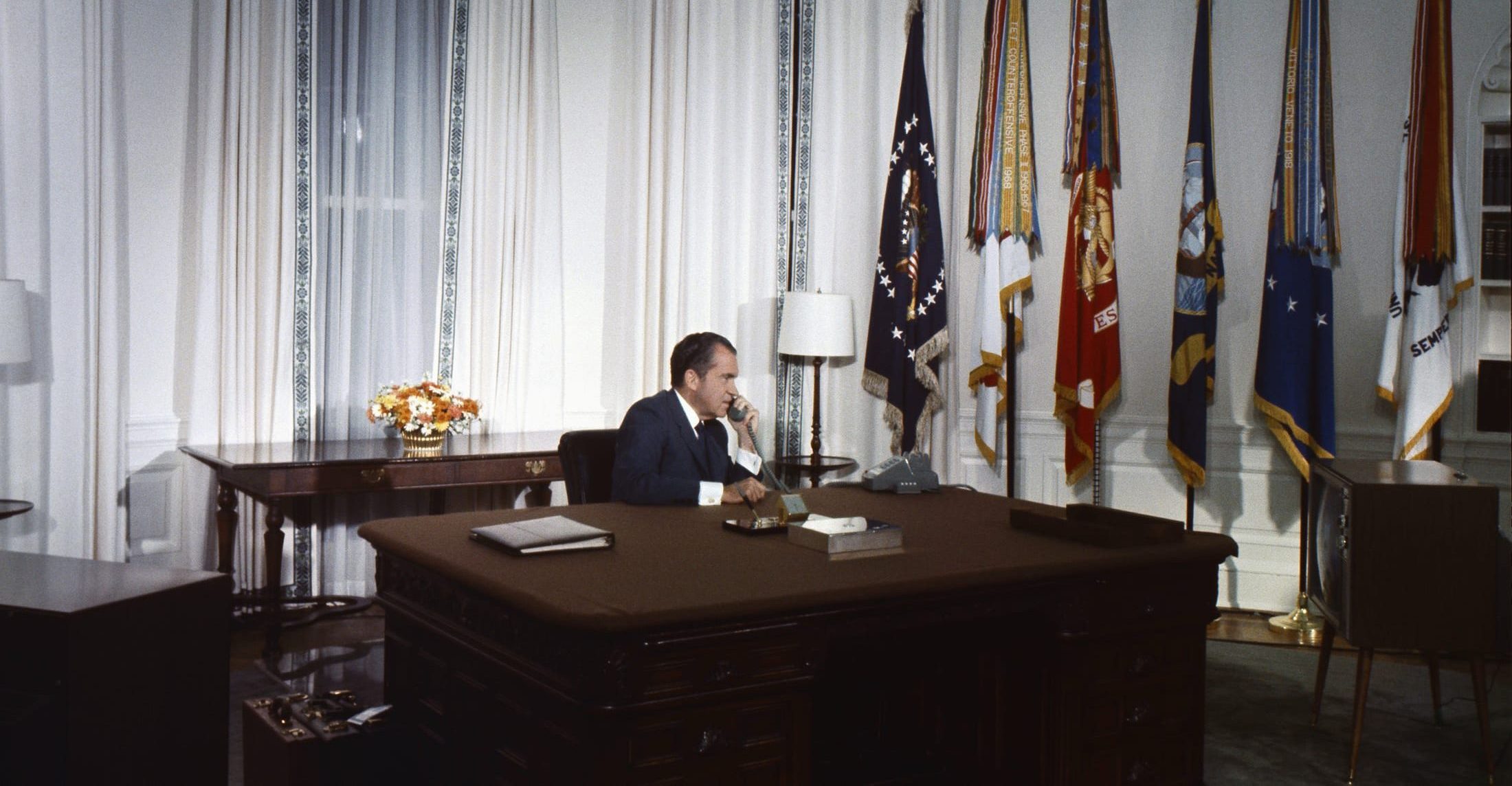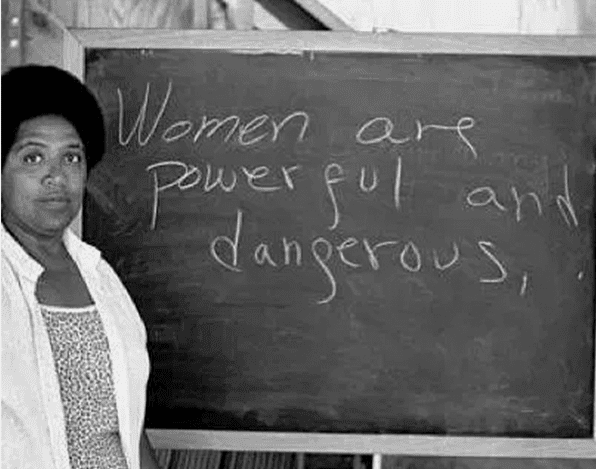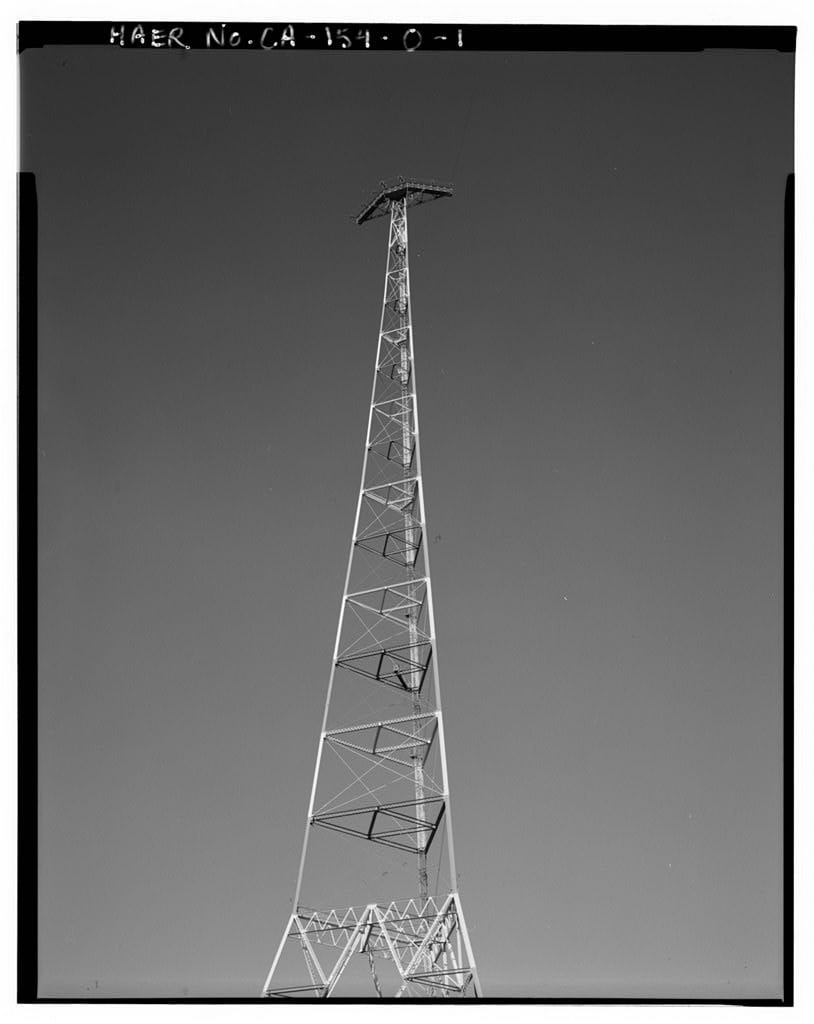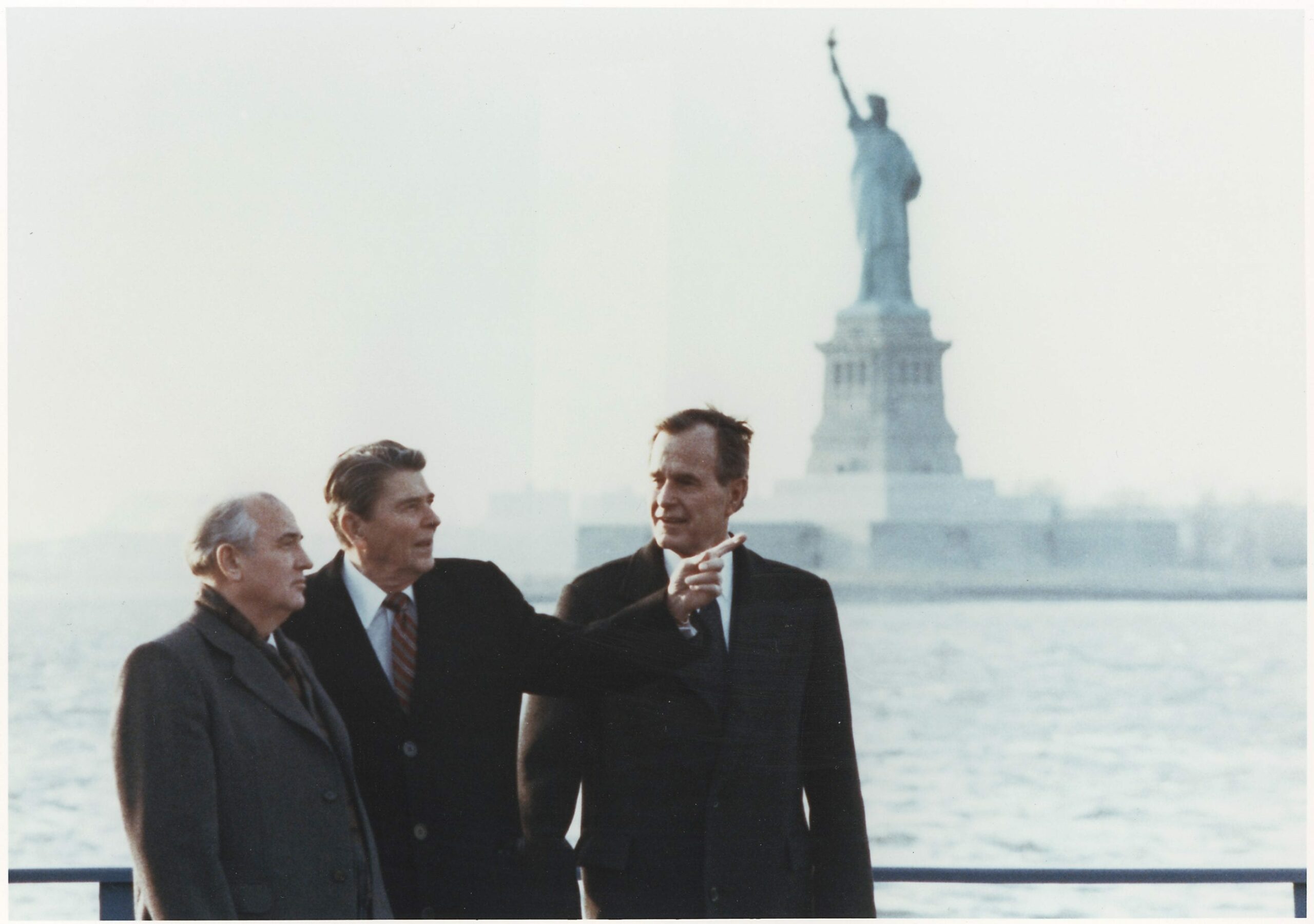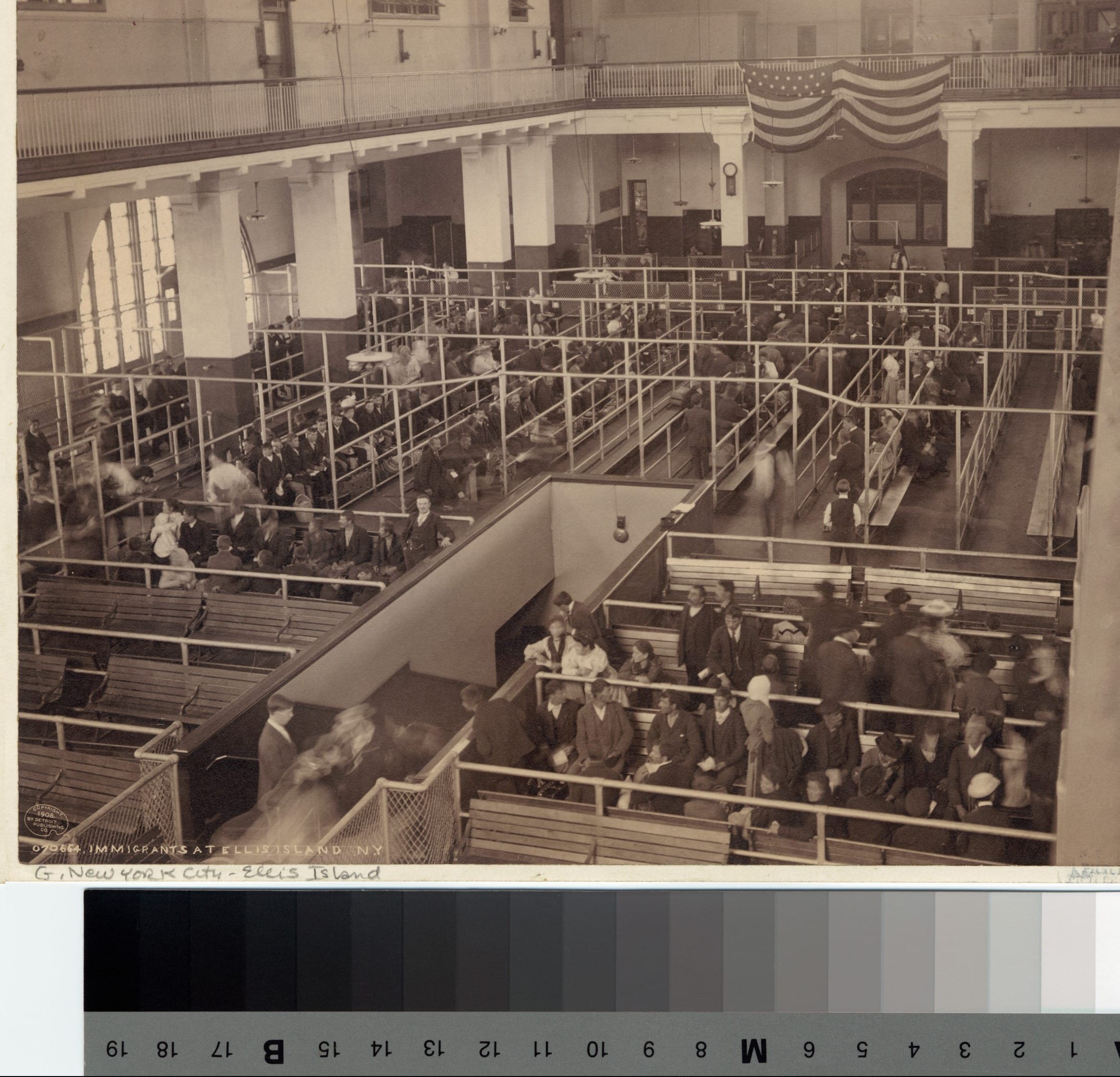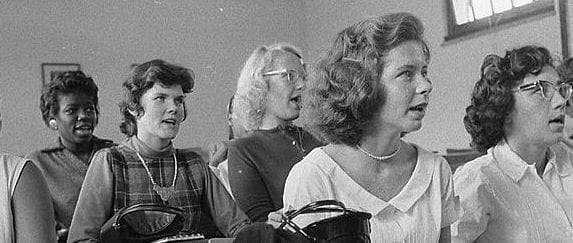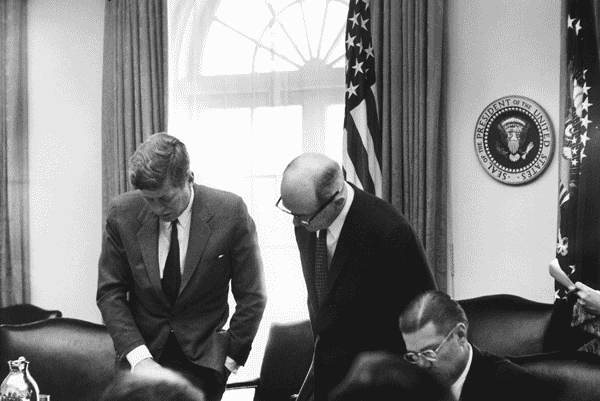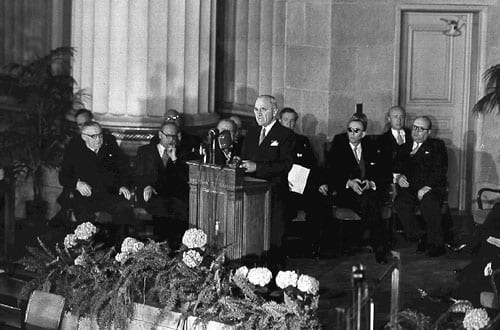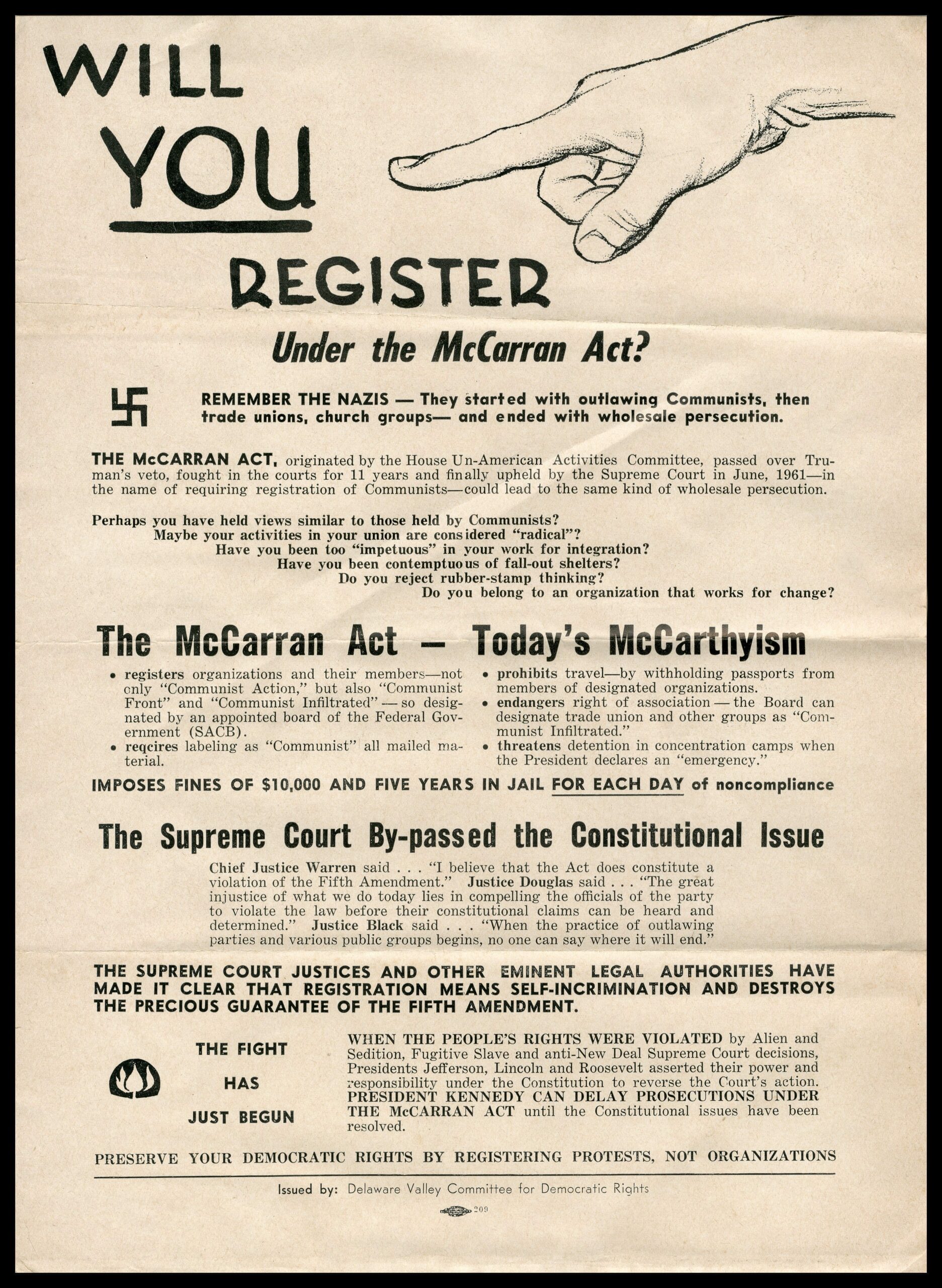
Introduction
This case established an important precedent on commercial speech. In Valentine v. Chrestensen (1942), the Court had ruled that the First Amendment does not cover “purely commercial speech.” Reconsidering this view more than three decades later, the Court extended First Amendment protection to commercial speech in two important precedents cited in this case: (1) Virginia Pharmacy Board (1976), allowing pharmacists to advertise prescription drugs; and (2) Bates v. Bar Arizona (1977), permitting lawyers to advertise. The Court then extended its consideration of commercial speech in Central Hudson Gas and Electric Corporation v. Public Service Commission.
In an effort to conserve energy during a fuel shortage in 1973, the New York Public Service Commission (PSC) banned advertising that promoted the use of electricity. The ban still remained in place three years after the shortage had passed. Accordingly, the Central Hudson Gas and Electric Corporation sued the PSC, claiming that the ban violated its First Amendment right to advertise. The New York State Court of Appeals ruled in favor of the PSC. Central Hudson appealed. Writing for the Supreme Court in an 8–1 decision, and using a four-part test derived from prior Court decisions, Justice Powell (1907–1998) ruled that the PSC’s ban on advertising failed this test, thereby ruling in favor of Central Hudson and reversing the decision of the New York Court of Appeals.
In sum, the Court held that although commercial speech is entitled to less heightened protection than political speech, it is nonetheless covered under the First Amendment. More recently in 44 Liquormart Inc. v. Rhode Island (1996) the Court declared that a state’s ban on advertising of retail liquors violated the First Amendment. And in Lorillard v. Reilly (2001) it applied the Central Hudson test to strike down a Massachusetts law that prohibited sales or advertising of tobacco products within one thousand feet of schools. In addition to Powell’s opinion for the Court, excerpts of one concurring opinion and the dissent of Justice William Rehnquist (1924–2005) are included.
Source: 447 U.S. 557, https://www.law.cornell.edu/supremecourt/text/447/557.
This case presents the question whether a regulation of the Public Service Commission of the state of New York violates the First and Fourteenth Amendments because it completely bans promotional advertising by an electrical utility. . . .
The Commission’s order restricts only commercial speech, that is, expression related solely to the economic interests of the speaker and its audience. The First Amendment, as applied to the states through the Fourteenth Amendment, protects commercial speech from unwarranted governmental regulation (Virginia Pharmacy Board). Commercial expression not only serves the economic interest of the speaker, but also assists consumers and furthers the societal interest in the fullest possible dissemination of information. In applying the First Amendment to this area, we have rejected the “highly paternalistic” view that government has complete power to suppress or regulate commercial speech. “[P]eople will perceive their own best interests if only they are well enough informed, and . . . the best means to that end is to open the channels of communication, rather than to close them.” Even when advertising communicates only an incomplete version of the relevant facts, the First Amendment presumes that some accurate information is better than no information at all (Bates v. State Bar of Arizona).
Nevertheless, our decisions have recognized “the ‘common sense’ distinction between speech proposing a commercial transaction, which occurs in an area traditionally subject to government regulation, and other varieties of speech.” The Constitution therefore accords a lesser protection to commercial speech than to other constitutionally guaranteed expression. The protection available for particular commercial expression turns on the nature both of the expression and of the governmental interests served by its regulation.
The First Amendment’s concern for commercial speech is based on the informational function of advertising. See First National Bank of Boston v. Bellotti (1978). Consequently, there can be no constitutional objection to the suppression of commercial messages that do not accurately inform the public about lawful activity. The government may ban forms of communication more likely to deceive the public than to inform it, or commercial speech related to illegal activity.
If the communication is neither misleading nor related to unlawful activity, the government’s power is more circumscribed. The state must assert a substantial interest to be achieved by restrictions on commercial speech. Moreover, the regulatory technique must be in proportion to that interest. The limitation on expression must be designed carefully to achieve the state’s goal. Compliance with this requirement may be measured by two criteria. First, the restriction must directly advance the state interest involved; the regulation may not be sustained if it provides only ineffective or remote support for the government’s purpose. Second, if the governmental interest could be served as well by a more limited restriction on commercial speech, the excessive restrictions cannot survive.
Under the first criterion, the Court has declined to uphold regulations that only indirectly advance the state interest involved. In both Bates and Virginia Pharmacy Board, the Court concluded that an advertising ban could not be imposed to protect the ethical or performance standards of a profession. The Court noted in Virginia Pharmacy Board that “[t]he advertising ban does not directly affect professional standards one way or the other.” In Bates, the Court overturned an advertising prohibition that was designed to protect the “quality” of a lawyer’s work. “Restraints on advertising . . . are an ineffective way of deterring shoddy work.”
The second criterion recognizes that the First Amendment mandates that speech restrictions be “narrowly drawn.” The regulatory technique may extend only as far as the interest it serves. The state cannot regulate speech that poses no danger to the asserted state interest nor can it completely suppress information when narrower restrictions on expression would serve its interest as well. For example, in Bates, the Court explicitly did not “foreclose the possibility that some limited supplementation, by way of warning or disclaimer or the like, might be required” in promotional materials. And in Carey v. Population Services International (1977), we held that the state’s “arguments . . . do not justify the total suppression of advertising concerning contraceptives.” This holding left open the possibility that the state could implement more carefully drawn restrictions.
In commercial speech cases, then, a four-part analysis has developed. At the outset, we must determine whether the expression is protected by the First Amendment. For commercial speech to come within that provision, it at least must concern lawful activity and not be misleading. Next, we ask whether the asserted governmental interest is substantial. If both inquiries yield positive answers, we must determine whether the regulation directly advances the governmental interest asserted, and whether it is not more extensive than is necessary to serve that interest.
We now apply this four-step analysis for commercial speech to the Commission’s arguments in support of its ban on promotional advertising. . . .
The Commission offers two state interests as justifications for the ban on promotional advertising. The first concerns energy conservation. Any increase in demand for electricity—during peak or off-peak periods—means greater consumption of energy. The Commission argues, and the New York court agreed, that the state’s interest in conserving energy is sufficient to support suppression of advertising designed to increase consumption of electricity. In view of our country’s dependence on energy resources beyond our control, no one can doubt the importance of energy conservation. Plainly, therefore, the state interest asserted is substantial. . . .
Next, we focus on the relationship between the state’s interests and the advertising ban. Under this criterion, the Commission’s laudable concern over the equity and efficiency of appellant’s[1] rates does not provide a constitutionally adequate reason for restricting protected speech. The link between the advertising prohibition and appellant’s rate structure is, at most, tenuous. The impact of promotional advertising on the equity of appellant’s rates is highly speculative. . . .
In contrast, the state’s interest in energy conservation is directly advanced by the Commission order at issue here. There is an immediate connection between advertising and demand for electricity. Central Hudson would not contest the advertising ban unless it believed that promotion would increase its sales. Thus, we find a direct link between the state interest in conservation and the Commission’s order.
We come finally to the critical inquiry in this case: whether the Commission’s complete suppression of speech ordinarily protected by the First Amendment is no more extensive than necessary to further the state’s interest in energy conservation. The Commission’s order reaches all promotional advertising, regardless of the impact of the touted service on overall energy use. But the energy conservation rationale, as important as it is, cannot justify suppressing information about electric devices or services that would cause no net increase in total energy use. In addition, no showing has been made that a more limited restriction on the content of promotional advertising would not serve adequately the state’s interests. . . .
The Commission’s order prevents appellant from promoting electric services that would reduce energy use by diverting demand from less efficient sources, or that would consume roughly the same amount of energy as do alternative sources. In neither situation would the utility’s advertising endanger conservation or mislead the public. To the extent that the Commission’s order suppresses speech that in no way impairs the state’s interest in energy conservation, the Commission’s order violates the First and Fourteenth Amendments, and must be invalidated.
The Commission also has not demonstrated that its interest in conservation cannot be protected adequately by more limited regulation of appellant’s commercial expression. To further its policy of conservation, the Commission could attempt to restrict the format and content of Central Hudson’s advertising. It might, for example, require that the advertisements include information about the relative efficiency and expense of the offered service, both under current conditions and for the foreseeable future. In the absence of a showing that more limited speech regulation would be ineffective, we cannot approve the complete suppression of Central Hudson’s advertising.
Our decision today in no way disparages the national interest in energy conservation. We accept without reservation the argument that conservation, as well as the development of alternative energy sources, is an imperative national goal. Administrative bodies empowered to regulate electric utilities have the authority—and indeed the duty—to take appropriate action to further this goal. When, however, such action involves the suppression of speech, the First and Fourteenth Amendments require that the restriction be no more extensive than is necessary to serve the state interest. In this case, the record before us fails to show that the total ban on promotional advertising meets this requirement.
Accordingly, the judgment of the New York Court of Appeals is
Reversed.
. . . .
- JUSTICE BLACKMUN, with whom MR. JUSTICE BRENNAN joins, concurring in the judgment.
I agree with the Court that the Public Service Commission’s ban on promotional advertising of electricity by public utilities is inconsistent with the First and Fourteenth Amendments. I concur only in the Court’s judgment, however, because I believe the test now evolved and applied by the Court is not consistent with our prior cases, and does not provide adequate protection for truthful, nonmisleading, noncoercive commercial speech.
The Court asserts that “a four-part analysis has developed” from our decisions concerning commercial speech. Under this four-part test, a restraint on commercial “communication [that] is neither misleading nor related to unlawful activity” is subject to an intermediate level of scrutiny, and suppression is permitted whenever it “directly advances” a “substantial” governmental interest and is “not more extensive than is necessary to serve that interest.” I agree with the Court that this level of intermediate scrutiny is appropriate for a restraint on commercial speech designed to protect consumers from misleading or coercive speech, or a regulation related to the time, place, or manner of commercial speech. I do not agree, however, that the Court’s four-part test is the proper one to be applied when a state seeks to suppress information about a product in order to manipulate a private economic decision that the state cannot or has not regulated or outlawed directly.
Since the Court, without citing empirical data or other authority, finds a “direct link” between advertising and energy consumption, it leaves open the possibility that the state may suppress advertising of electricity in order to lessen demand for electricity. I, of course, agree with the Court that, in today’s world, energy conservation is a goal of paramount national and local importance. I disagree with the Court, however, when it says that suppression of speech may be a permissible means to achieve that goal. . . .
JUSTICE REHNQUIST, dissenting.
The Court today invalidates an order issued by the New York Public Service Commission designed to promote a policy that has been declared to be of critical national concern. The order was issued by the Commission in 1973 in response to the Mideastern oil embargo crisis. It prohibits electric corporations “from promoting the use of electricity through the use of advertising, subsidy payments . . . or employee incentives.” Although the immediate crisis created by the oil embargo has subsided, the ban on promotional advertising remains in effect. The regulation was reexamined by the New York Public Service Commission in 1977. Its constitutionality was subsequently upheld by the New York Court of Appeals, which concluded that the paramount national interest in energy conservation justified its retention.
The Court’s asserted justification for invalidating the New York law is the public interest discerned by the Court to underlie the First Amendment in the free flow of commercial information. Prior to this Court’s recent decision in Virginia Pharmacy Board v. Virginia Citizens Consumer Council, however, commercial speech was afforded no protection under the First Amendment whatsoever. See, e.g., Breard v. Alexandria (1951); Valentine v. Chrestensen (1942). Given what seems to me full recognition of the holding of Virginia Pharmacy Board that commercial speech is entitled to some degree of First Amendment protection, I think the Court is nonetheless incorrect in invalidating the carefully considered state ban on promotional advertising in light of pressing national and state energy needs.
The Court’s analysis, in my view, is wrong in several respects. Initially, I disagree with the Court’s conclusion that the speech of a state-created monopoly, which is the subject of a comprehensive regulatory scheme, is entitled to protection under the First Amendment. I also think that the Court errs here in failing to recognize that the state law is most accurately viewed as an economic regulation, and that the speech involved (if it falls within the scope of the First Amendment at all) occupies a significantly more subordinate position in the hierarchy of First Amendment values than the Court gives it today. Finally, the Court, in reaching its decision, improperly substitutes its own judgment for that of the state in deciding how a proper ban on promotional advertising should be drafted. With regard to this latter point, the Court adopts as its final part of a four-part test a “no more extensive than necessary” analysis that will unduly impair a state legislature’s ability to adopt legislation reasonably designed to promote interests that have always been rightly thought to be of great importance to the state. . . .
The Court today holds not only that commercial speech is entitled to First Amendment protection, but also that, when it is protected, a state may not regulate it unless its reason for doing so amounts to a “substantial” governmental interest, its regulation “directly advances” that interest, and its manner of regulation is “not more extensive than necessary” to serve the interest. The test adopted by the Court thus elevates the protection accorded commercial speech that falls within the scope of the First Amendment to a level that is virtually indistinguishable from that of noncommercial speech. . . .
An ostensible justification for striking down New York’s ban on promotional advertising is that this Court has previously “rejected the ‘highly paternalistic’ view that government has complete power to suppress or regulate commercial speech. ‘[P]eople will perceive their own best interests if only they are were enough informed and . . . the best means to that end is to open the channels of communication, rather than to close them.’ ” Whatever the merits of this view, I think the Court has carried its logic too far here.
The view apparently derives from the Court’s frequent reference to the “marketplace of ideas,” which was deemed analogous to the commercial market in which a laissez faire policy would lead to optimum economic decision-making under the guidance of the “invisible hand.” See, e.g., Adam Smith, Wealth of Nations (1776). This notion was expressed by Mr. Justice Holmes in his dissenting opinion in Abrams v. United States (1919),[2] wherein he stated that “the best test of truth is the power of the thought to get itself accepted in the competition of the market.” See also, e.g., Consolidated Edison v. Public Service Comm’n; J. Mill, On Liberty (1858); J. Milton, Areopagitica: A Speech for the Liberty of Unlicensed Printing (1644).
While it is true that an important objective of the First Amendment is to foster the free flow of information, identification of speech that falls within its protection is not aided by the metaphorical reference to a “marketplace of ideas.” There is no reason for believing that the marketplace of ideas is free from market imperfections any more than there is to believe that the invisible hand will always lead to optimum economic decisions in the commercial market. Indeed. many types of speech have been held to fall outside the scope of the First Amendment, thereby subject to governmental regulation, despite this Court’s references to a marketplace of ideas. See, e.g., Chaplinsky v. New Hampshire (1942)[3] (fighting words); Beauharnais v. Illinois (1952)[4] (group libel); Roth v. United States (1957) (obscenity). It also has been held that the government has a greater interest in regulating some types of protected speech than others. See, e.g., FCC v. Pacifica Foundation (1978)[5] (indecent speech); Virginia Pharmacy Board v. Virginia Citizens Consumer Council (commercial speech). And as this Court stated in Gertz v. Robert Welch, Inc.(1974): “Of course, an opportunity for rebuttal seldom suffices to undo [the] harm of a defamatory falsehood. Indeed, the law of defamation is rooted in our experience that the truth rarely catches up with a lie.” The Court similarly has recognized that false and misleading commercial speech is not entitled to any First Amendment protection.
The above examples illustrate that, in a number of instances, government may constitutionally decide that societal interests justify the imposition of restrictions on the free flow of information. When the question is whether a given commercial message is protected, I do not think this Court’s determination that the information will “assist” consumers justifies judicial invalidation of a reasonably drafted state restriction on such speech when the restriction is designed to promote a concededly substantial state interest. I consequently disagree with the Court’s conclusion that the societal interest in the dissemination of commercial information is sufficient to justify a restriction on the state’s authority to regulate promotional advertising by utilities; indeed, in the case of a regulated monopoly, it is difficult for me to distinguish “society” from the state legislature and the Public Service Commission. Nor do I think there is any basis for concluding that individual citizens of the state will recognize the need for and act to promote energy conservation to the extent the government deems appropriate, if only the channels of communication are left open. . . .

Conversation-based seminars for collegial PD, one-day and multi-day seminars, graduate credit seminars (MA degree), online and in-person.

